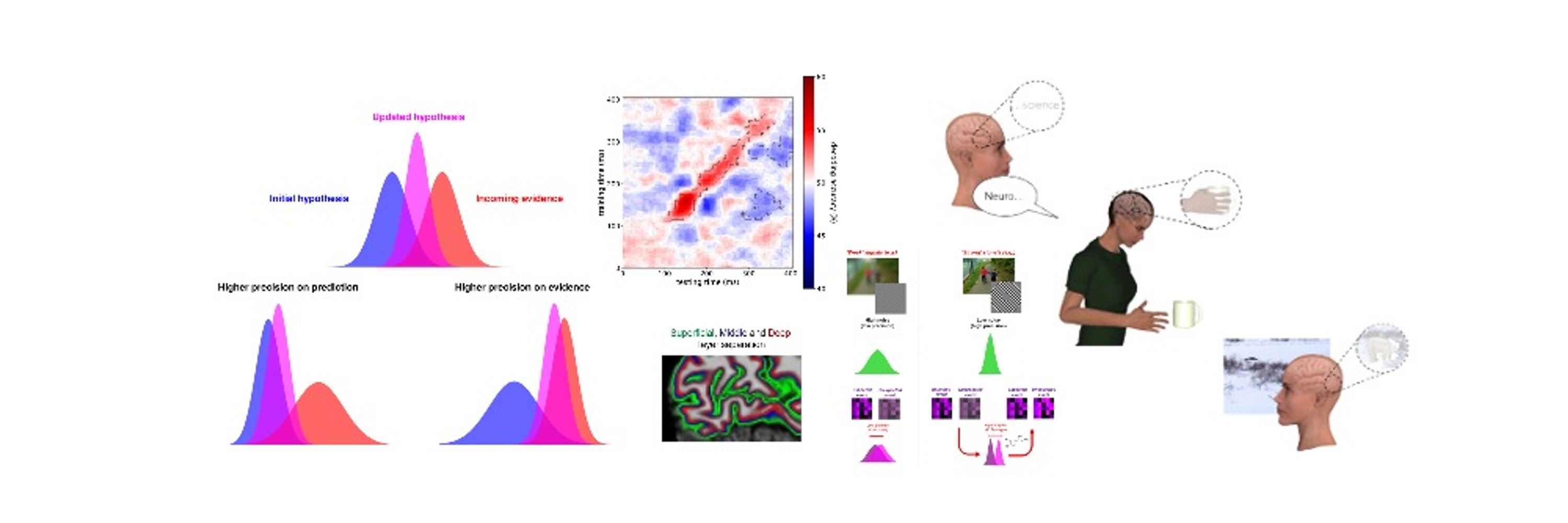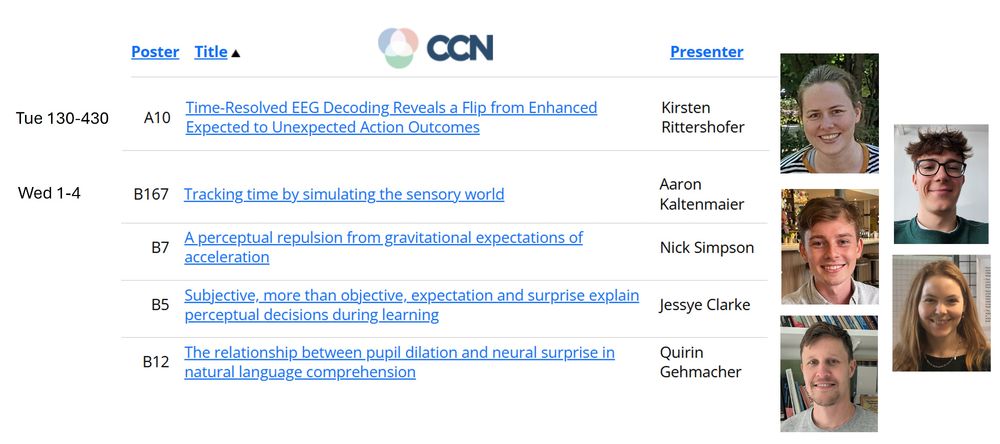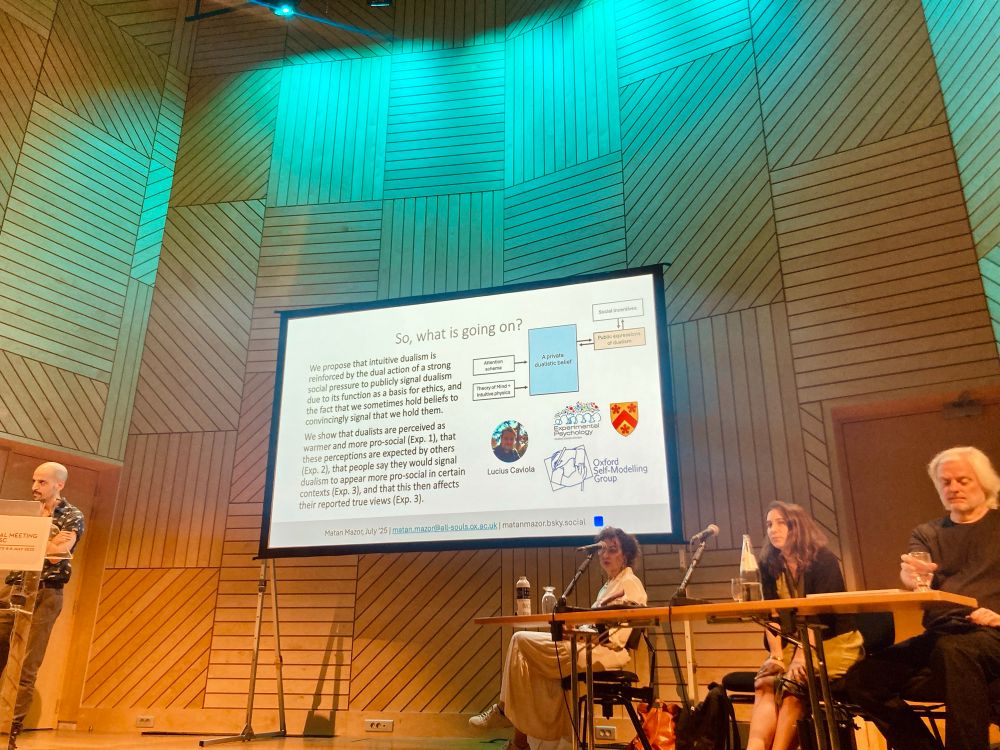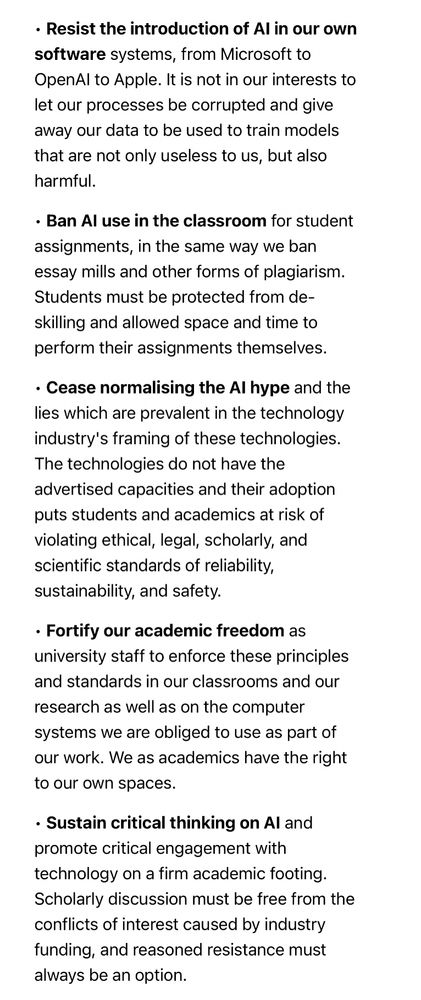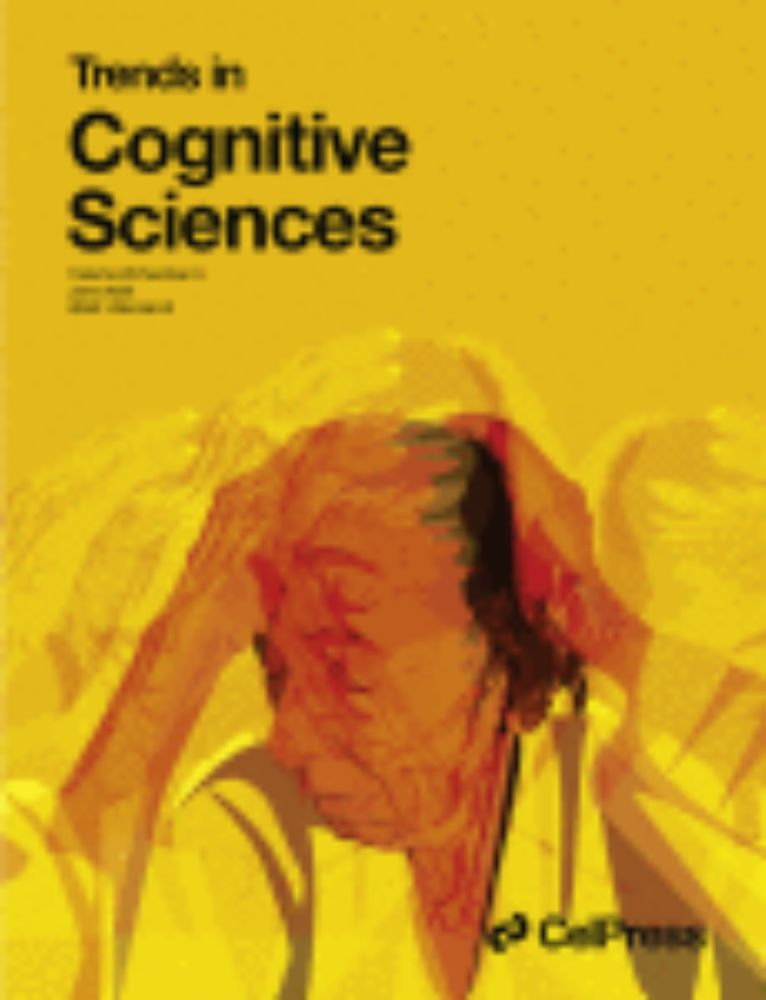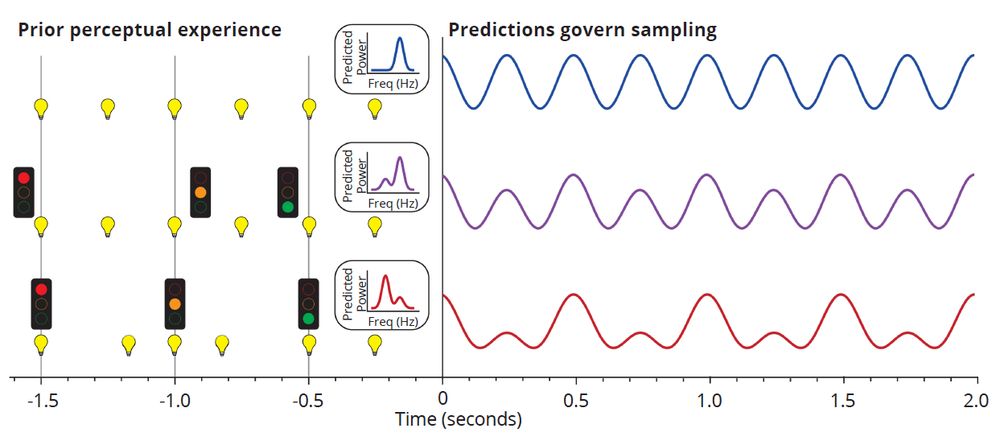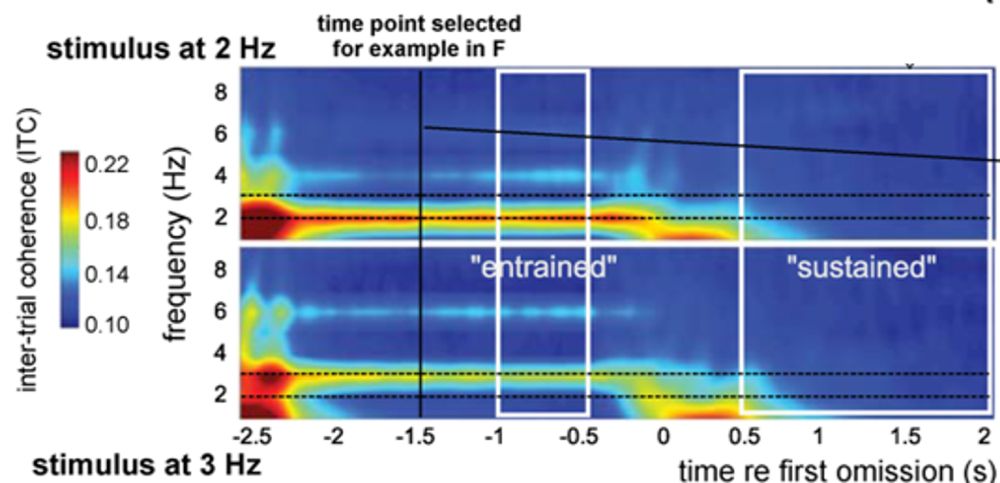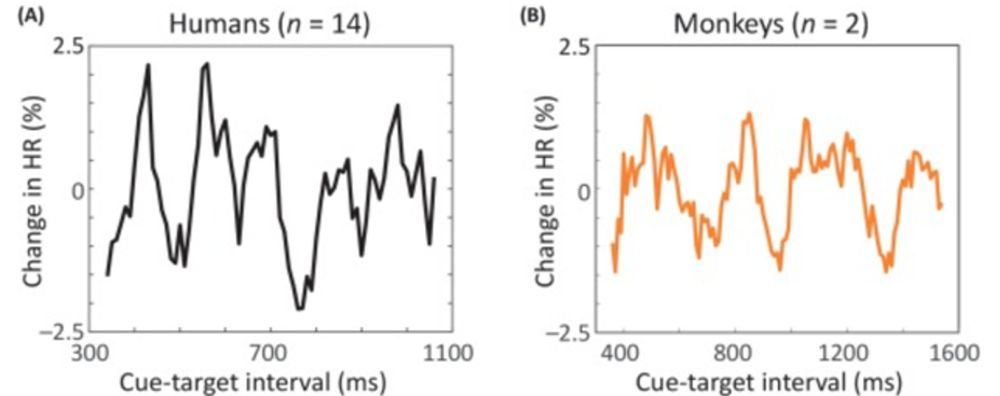Clare Press
@clarepress.bsky.social
2.6K followers
480 following
62 posts
PI of Action & Perception Lab at UCL. Professor. Cognitive neuroscience, action, perception, learning, prediction. Cellist, lazy runner, mum.
https://www.ucl.ac.uk/pals/action-and-perception-lab/
https://www.fil.ion.ucl.ac.uk/team/action-and-perception/
Posts
Media
Videos
Starter Packs
Pinned
Reposted by Clare Press
Reposted by Clare Press
Reposted by Clare Press
Reposted by Clare Press
Reposted by Clare Press
NewsThump
@newsthump.com
· 15d

Nation capable of spotting spurious link between paracetamol and autism still baffled by obvious link between guns and mass shootings
The United States has once again demonstrated its unique talent for scientific deduction by confidently declaring there may be a link between pregnant women taking paracetamol and children developi…
buff.ly
Reposted by Clare Press
Reposted by Clare Press
Reposted by Clare Press
Reposted by Clare Press
Clare Press
@clarepress.bsky.social
· Aug 11
Reposted by Clare Press
Reposted by Clare Press
Reposted by Clare Press
Karin Roelofs
@epanlab.bsky.social
· Jul 1
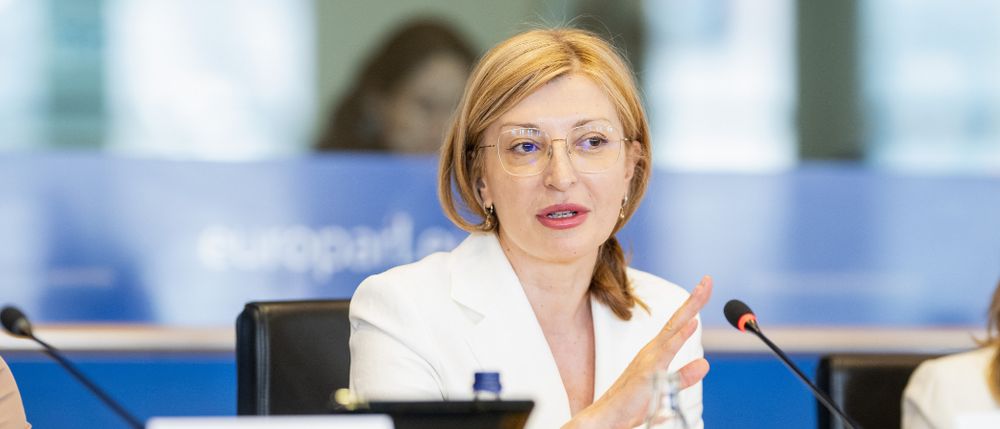
EU should double, if not triple, the EIC budget, Zaharieva says
The European Commission hopes to at least double the budget of the European Innovation Council (EIC), if not triple it, when the agency can only finance 4% of the projects it receives, research commis...
sciencebusiness.net
Reposted by Clare Press
Reposted by Clare Press
Michael Wong
@miquai.bsky.social
· Jun 24
Reposted by Clare Press
Clare Press
@clarepress.bsky.social
· Jun 20
Clare Press
@clarepress.bsky.social
· Jun 19
